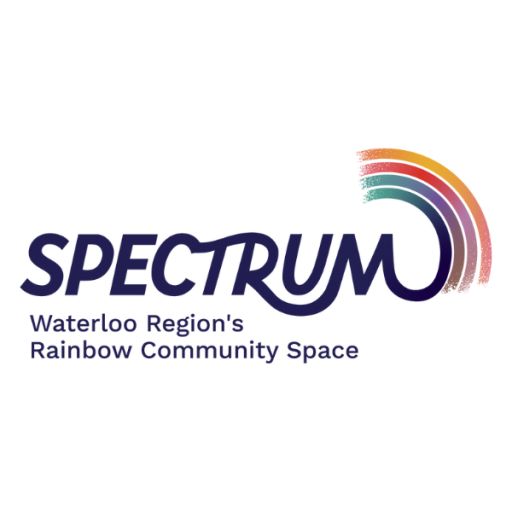The original Pride flag
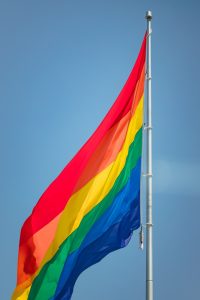
The most recognizable 2SLGBTQ+ symbol is the rainbow Pride flag. It’s so important that we sometimes refer to ourselves as the “rainbow community.”
The flag was originally created in 1978 by artist and activist, Gilbert Baker. Baker was asked to create a symbol of pride for the gay community by the influential Harvey Milk. The original Pride Flag created by Baker flew in the San Francisco Gay Freedom Day Parade in 1978. The flag originally included eight coloured stripes, each of which was assigned a meaning: hot pink (sex), red (life), orange (healing), yellow (sunlight), green (nature), turquoise (magic/art), indigo (serenity), and violet (spirit).
After Harvey Milk’s assassination in November of 1978, demand for the flag increased but hot pink fabric was not widely available so a new version of the flag with only seven stripes (excluding hot pink) began to be manufactured and sold. In 1979 the turquoise stripe was also removed leaving us with the more familiar six stripe version we most often see today. When flown horizontally, the red stripe is typically at the top, mimicking a natural rainbow.
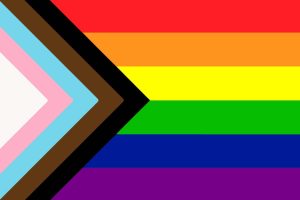
The Progress Pride Flag
In 2018, Daniel Quasar created the Progress Flag. While retaining the common six-stripe rainbow design as a base, the “Progress” variation adds a chevron along the hoist that features black, brown, light blue, pink, and white stripes to bring those communities (marginalized people of colour, trans individuals, and those living with HIV/AIDS) to the forefront.
Identity-Specific Pride Flags
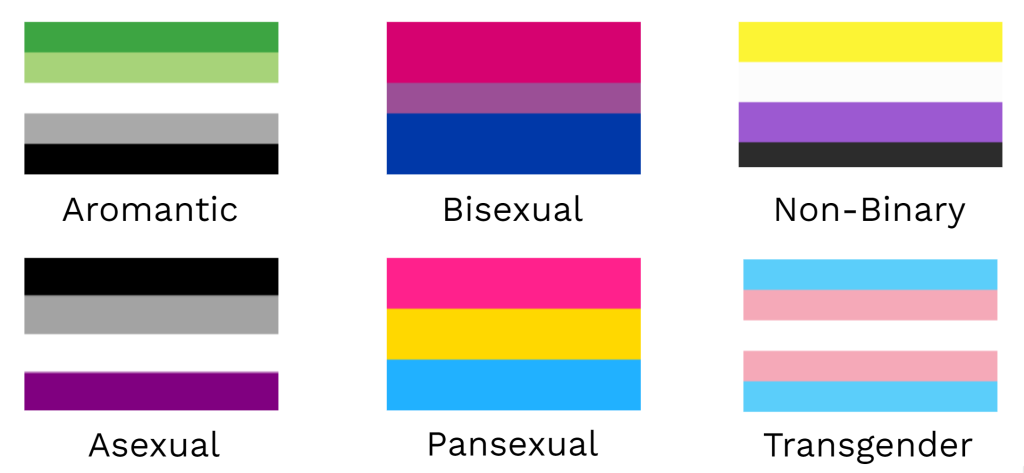
Over the decades, dozens of other flags and symbols have been introduced to represent various 2SLGBTQ+ communities.
For example, the aromantic pride flag consists of five horizontal stripes, which, from top to bottom, are: green, light green, white, gray, and black. In this order, the stripes represent aromanticism, the aromantic spectrum, aesthetic attraction, gray-aromantic and demiromantic people, and the sexuality spectrum.
The Transgender Pride Flag was designed by transgender woman Monica Helms in 1999. Helms described the meaning of the flag as follows: “The stripes at the top and bottom are light blue, the traditional colour for baby boys. The stripes next to them are pink, the traditional colour for baby girls. The white stripe is for people that are nonbinary, feel that they don’t have a gender.“ The pattern is such that no matter which way you fly it, it is always correct, signifying us finding correctness in our lives.
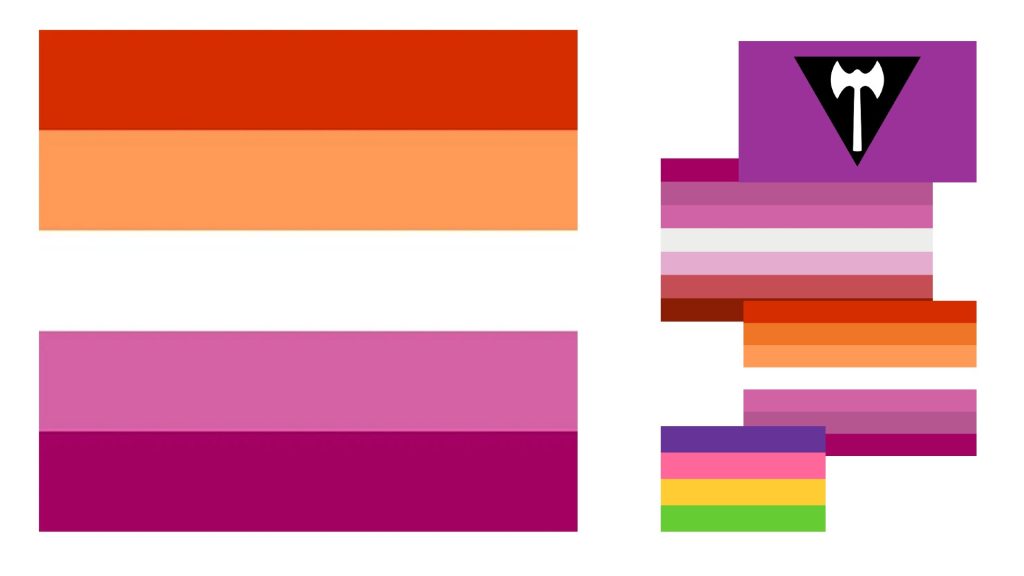
It’s important to remember that the rainbow community is not a monolith, and sometimes different 2SLGBTQ+ sub-communities disagree within themselves. For example, no single flag design for a lesbian pride flag has been widely adopted. In some circles, there is ongoing controversary and disagreement over which to use, and arguments about which flag is correct and which flags are incorrect can sometimes get very heated and bitter.
This just goes to show that each of the letters in the initialism represents a different group of people who have their own identity and culture. There are many more flags for various sub-cultures and identities. We won’t go into detail about all of them here, but we will see some more flags and symbols throughout the presentation.
Triangle badges of the Third Reich
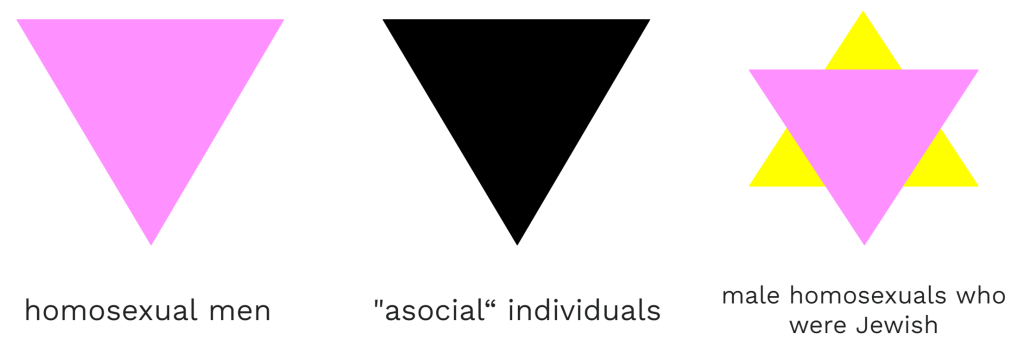
One of the oldest symbols is the downward-pointing pink triangle that male homosexuals in Nazi concentration camps were required to wear on their clothing. The badge is one of several badges that internees wore to identify what kind of prisoners they were. Many of the estimated 5,000–15,000 gay men and lesbians imprisoned in concentration camps died during the Holocaust.
The downward-pointing pink triangle was used to identify homosexual men.
The downward-pointing black triangle was used to mark individuals considered “asocial”. The category included homosexual women, nonconformists, sex workers, nomads, Romani, and others.
The downward-pointing pink triangle overlapping a yellow triangle was used to single out male homosexual prisoners who were Jewish.
The pink triangle was later reclaimed by gay men, as well as some lesbians, in various political movements as a symbol of personal pride and remembrance.

